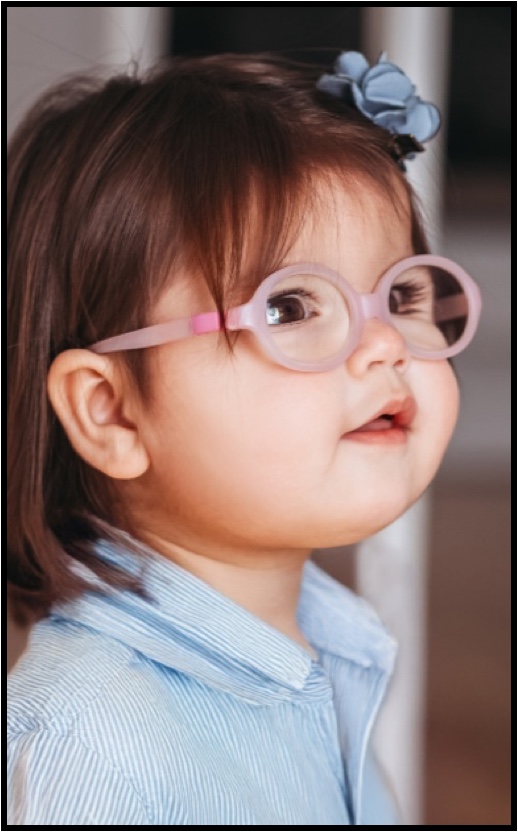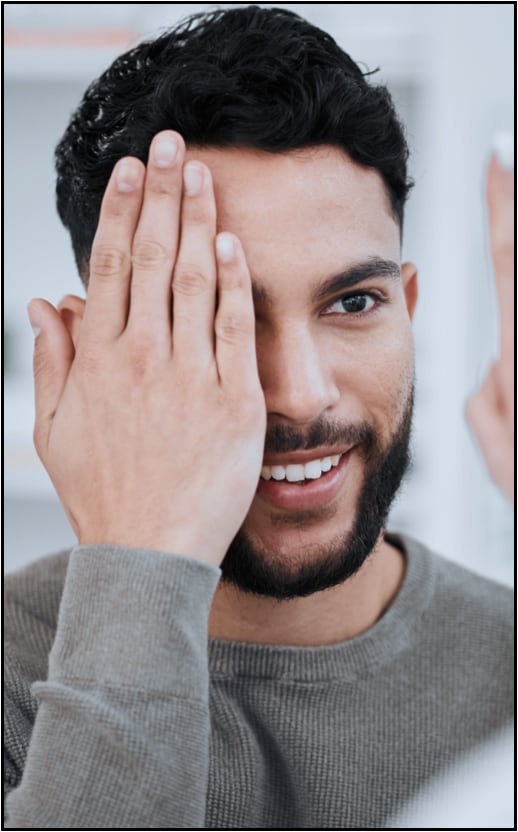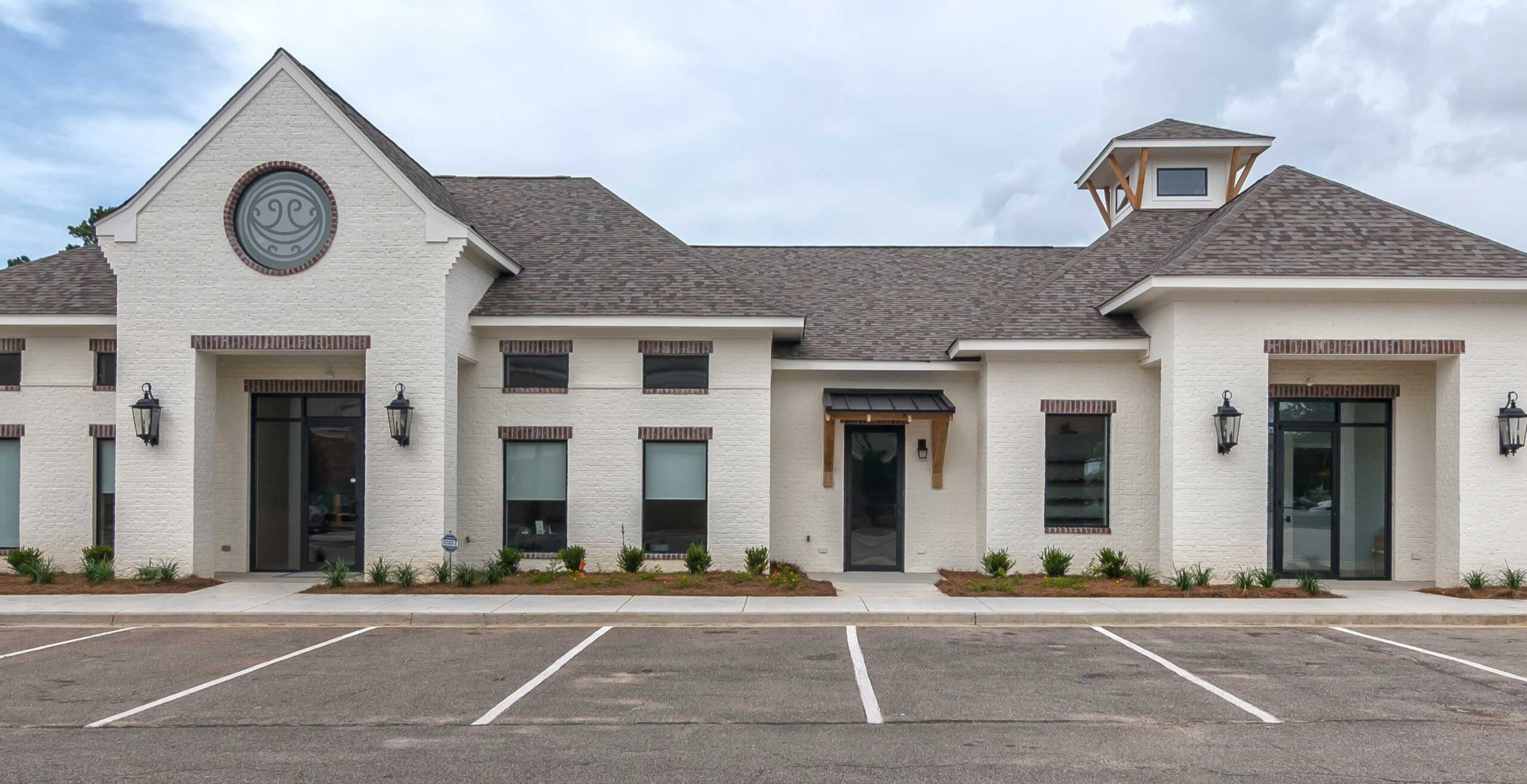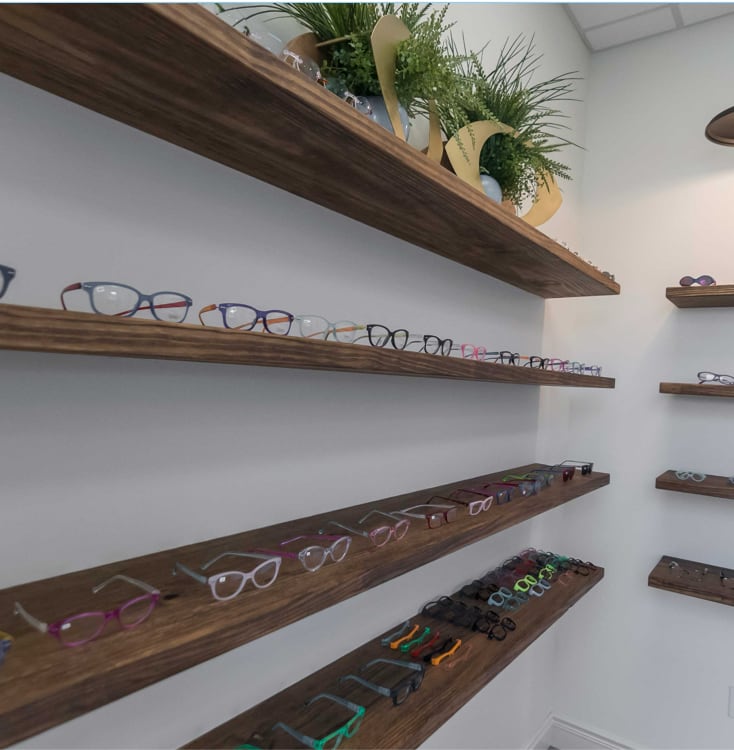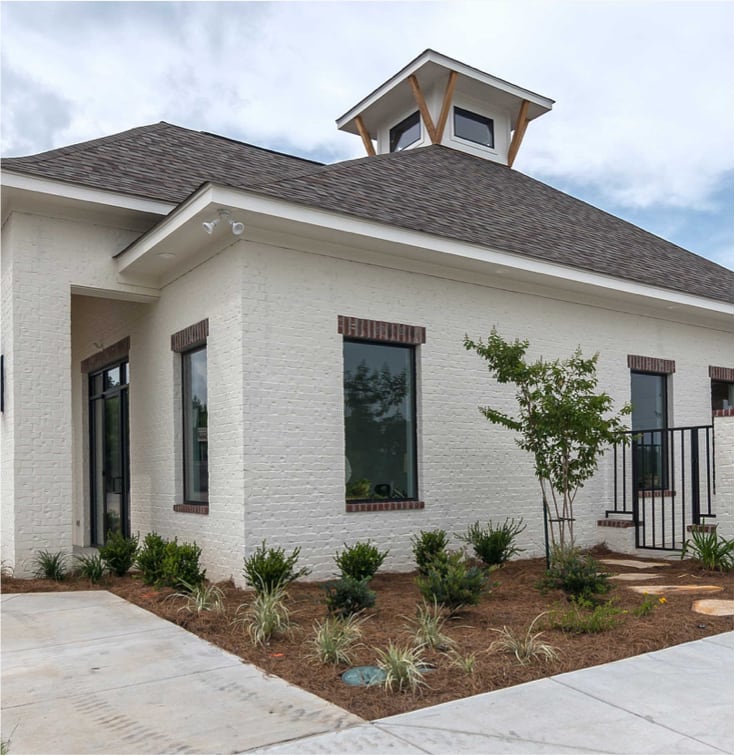Amblyopia, or “lazy eye,” is a condition that occurs when there is an incomplete cooperation between the two eyes at the brain level. It is a misconception that the eye is “lazy.” Actually, that couldn’t be further from the truth. The problem lies in the brain, not the eye. 95 percent of vision occurs in the brain, with only a mere 5 percent occurring in the eye. The problem arises when the stronger, more dominant eye, “bullies” the fellow eye, creating an unhealthy competition where, under binocular conditions (using both eyes together), the dominant eye causes the brain not to give the same attention to the less dominant eye. The image of that eye is then suppressed or “turned off” at the level of the brain. Over time, this produces a reduction in that eye’s ability to see as clearly as the dominant eye (visual acuity i.e. less than 20/20 vision).
Amblyopia is not a traditional disease condition. Amblyopia has two major causes. One is from an unequal prescription between the two eyes. Most of the time the non-dominant eye has a significantly higher amount of farsightedness (hyperopia). The second condition associated with amblyopia is crossed eyes. This condition is typically an early onset (most likely within the first 2 years of life) unilateral (the same eye turns) and is constant (always present). The brain in either case chooses to look with the dominant eye, causing the other eye to not be used in the seeing process.
Although patching is the most used treatment for this disorder, it does not treat the cause of the condition. Studies show that patching, in the long term, is not effective. Patching does not allow for the development of binocular vision, or 2-eyed seeing conditions that is the cause of the condition. However, vision therapy is proven to be very effective in the treatment of amblyopia. Vision therapy provides an environment where both eyes are able to see at the same time, re-training the brain in how to properly “see.”
Another misconception of amblyopia is that an adult cannot regain vision lost from amblyopia. This is not true. It will be more difficult and take longer for an adult in comparison to a young child, but studies have shown that many adults have regained sharper vision regardless of their age. Other interventions may include incomplete patching (penalization), specially prescribed corrective lenses, and vision therapy.
Dr. Pilar Vergara Gimenez, a renowned functional optometrist from Spain, described amblyopia so eloquently in her book Crossed Eyes Lazy Eyes. She uses the example of two children. One child is loud and outgoing and the other quiet and shy. When both children are in the same room, the loud one demands the attention of the room. When this child is removed, creating an environment where the shy child can flourish, the more reserved child will now speak and engage in activities. When the loud child re-enters the room, the shy child becomes shy again. Did the children change? No, but the environment did. This is the same way with patching. When the dominant eye is occluded or removed, the weaker eye has a chance to participate in seeing. As soon the patch is removed the image from the weaker eye once again will be ignored by the brain.
By using techniques and procedures that do not include patching, vision therapy can improve a child’s eyesight to 20/20 with 100 percent depth perception. Sometimes this can occur within one visit, depending on the diagnosis and severity of the amblyopia. Vision therapy should only be performed under the care and direction of a functional optometrist.
Dr. Megan Sumrall Lott is a member of Neuro-Optometric Rehabilitation Association, the leading association in this field. She is also a Fellow of the College of Visual Development, the optometric board certifying body for those who practice vision rehabilitation.

